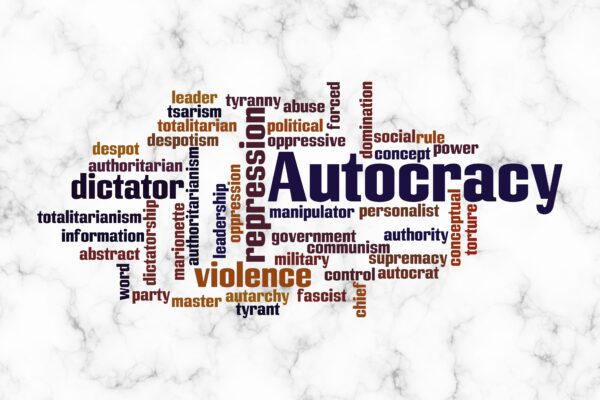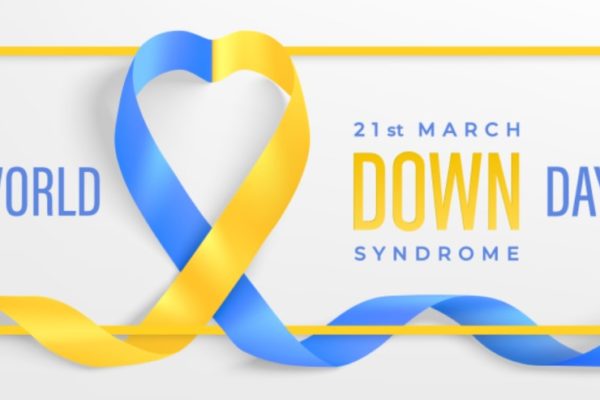Over my past two blogs I’ve touched on decision-making, particularly in the meeting context. To continue the theme, I was fascinated by a recent podcast hosted by Andrew Marr featuring Daniel Kahneman Professor of Psychology, Gillian Tett, editor at the Financial Times and Ann Cairns, Executive Vice Chair of Mastercard.[i] I recommend a listen.
As the return to the physical workplace starts taking place, this podcast posited the view that we make mistakes at work, particularly around the topic of decision-making – so how can we do better? The three guests approached the topic from their own perspective. Kahneman, looking through the lens of psychological research; Tett applying anthropological ideas and Cairns’ experience of the workplace.
Kahneman, promoting a new book entitled ‘noise’, kicked off the discussion with a piece of research he conducted in the insurance sector. He provided 50 underwriters with a scenario and asked them to place a dollar value on the risk associated with the scenario. He then asked senior executives at the firms what level of difference would they expect to get in terms of dollar quotes from two underwriters, chosen at random. The senior executives felt 10% difference would be normal. In fact, from his research, Kahneman found that the difference was more likely 55%. His research looked at a range of professions to try and understand this variability or noise within decision-making. I found it curious that we are not simply talking about inherent bias; rather this is the volatility around that bias. Moreover that volatility can be influenced by factors such as the time of day, the temperature and whether we are hungry!
Moving onto behaviour in meetings, Kahneman found that there is a great deal of pressure for conformity – either from the leader of the meeting or from the person who speaks most confidently – leading to too high levels of agreement. One solution to this being pre-meeting consideration of an issue, where individuals would come to the meeting with their own judgements, shared with the meeting participants before the meeting. Then there would be a clearer understanding of the diversity of views around the table.
Cairns discussed the application of this thinking to hiring people. When she joined Mastercard she noticed a lack of female representation at the head of country level within her organisation. To try and address this, she asked each manager appointing a country head to explain why they hired that individual. This process of independent reflection and explanation led to a change over time, resulting in greater gender diversity.
The anthropological perspective of Tett is to ‘step out of oneself’ by experiencing a completely different culture and gauging comparisons to our own. In Tett’s case she researched Tajik villages, looking particularly at wedding customs. Although apparently poles apart, she compared the rituals and customs of this group and noted how similar behaviours were witnessed in a conference of investment bankers. Specifically, the customs lead to a reinforcement of views and an avoidance of those topics that might seem uncomfortable; the ‘social silence’. As increasingly we look to artificial intelligence (AI) solutions to deal with complex issues, Tett argues that by we should also apply Anthropological Intelligence into those equations to act as checks and balances to our assumptions.
So, three quite different perspectives, but all with a common thread that we need to challenge what we consider to be the correct or normalised response and think laterally about what a different outcome could be. Not an easy thing to do day in day out, but if there is greater awareness and understanding of the problem of noise that is at least the first step to doing something about it.
[i] https://www.bbc.co.uk/sounds/play/m000w4nb






